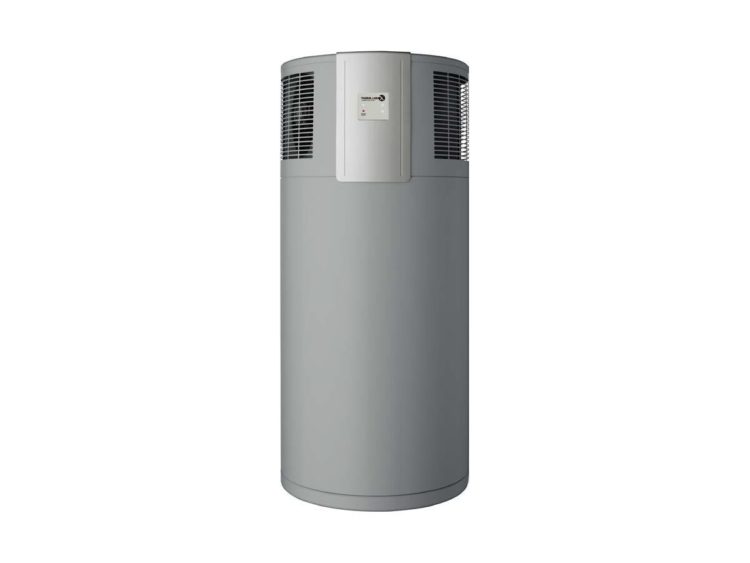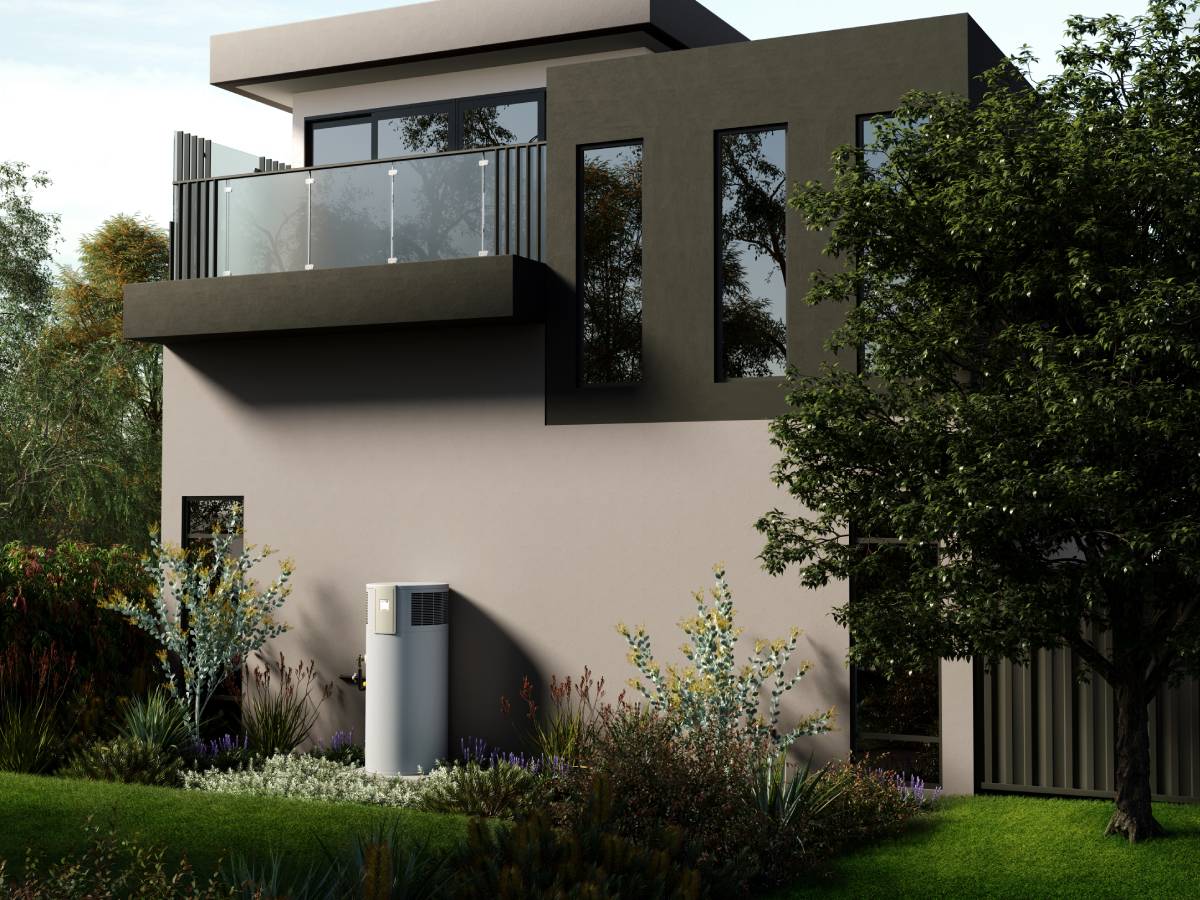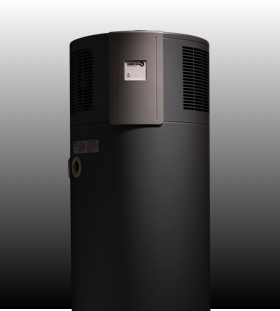-
Thermann Hybrid Heat Pump
Electric · Heat Pumps
Key Specifications
Application Range (Operating Temp.)-5 to +42°CSeasonal Coefficient of Performance (COP)3.94kW Output for 1kW of InputRated Voltage230vCommercialNot designed for commercial use
Warranty Information
-
Warranty Information
Domestic Warranty
5 Years Cylinder
2 Years Parts and Labour
Domestic Warranty on a timed recirculation system
2 Year Parts and Labour
Additional Information
If your Thermann heat pump was purchased and installed from 1st July 2023 through the SOLAR Victoria - SOLAR HOMES program, your Thermann Heat Pump is warranted for five years on all components.
Commercial
2 Year Parts and Labour
Considerations
-
Considerations
Pros
Can be connected to extended (16hr) off peak tariffs
Ease of installation as a heat pump uses similar connections as an electric hot water system and similar footprint
Takes heat from ambient air to heat water
Solar PV ready
Environmentally friendlyCons
Tend to be quite heavy
Suited to warmer climates
Higher upfront costs
Pros
Can be connected to extended (16hr) off peak tariffs
Ease of installation as a heat pump uses similar connections as an electric hot water system and similar footprint
Takes heat from ambient air to heat water
Solar PV ready
Environmentally friendlyCons
Tend to be quite heavy
Suited to warmer climates
Higher upfront costsAlways use a licensed plumber when installing a hot water system.
Thermann Hybrid Heat Pump
Electric · Heat Pumps
Engineered in Germany for Australian conditions, The Thermann Hybrid Heat Pump extracts heat from ambient air and quietly transfers it to heat water. It comes with a removable casing for easy cleaning and servicing where access is limited. With a built-in manual element boost, for high demand conditions, and solar PV ready, it truly is the smart way to heat your water.
- Solar PV-ready
-
7 day booster element (1.8kW) comes as standard
- Maintenance free power-impressed anode
- Backup manual booster element for high demands
- Operates from –5°C up to 42°C
- Inbuilt ‘active defrost’ function
- Smart Grid and Solar PV-ready
- Quiet operation at 45dB
How it works
1. A fan draws air through an evaporator. Thermal energy within the air is transferred to a liquid refrigerant causing it to change into a gas.
2. The refrigerant gas is then drawn into a compressor which increases the pressure and as a result increases the temperature.
3. A condenser (heat exchanger) then transports the hot gas refrigerant around the outside of the water tank. This heats the water inside the tank and the gaseous refrigerant reverts back into a liquid.
4. The pressure of the refrigerant is reduced as it goes through an expansion valve and returns to the evaporator for the process to start again.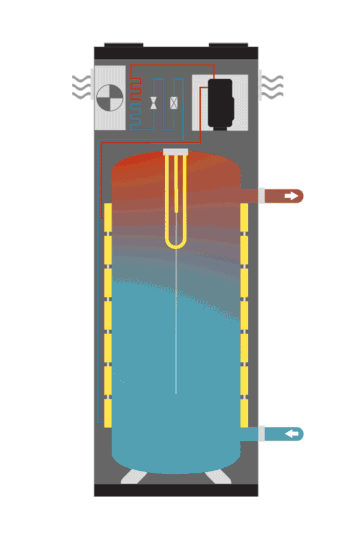
-
-
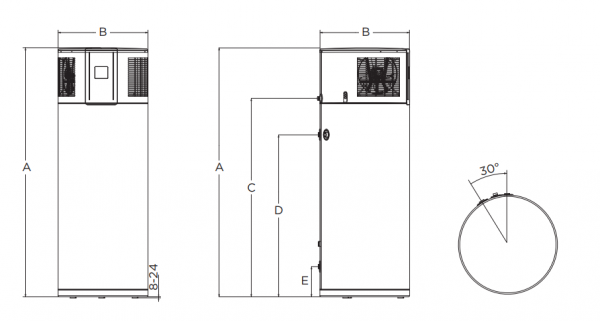
Electrical details 220L 300L Rated Voltage 230 230 Rated Current (Amps) 9.70 9.70 Power Consumption Boost Element (kW) 1.6 1.6 Application Range (Operating Temp.) -5 to +42°C -5 to +42°C Seasonal Coefficient of Performance (COP) 3.94 3.58 PTR Valve (kPa) 850 850 Refrigerant R134a R134a Refrigerant Capacity (kg) 0.85 0.85 Anode Type Maintenance-Free Impressed Current Anode Maintenance-Free Impressed Current Anode Measurements Cylinder Capacity (L) 220 300 Total Height (A) (cm) 1545 1913 Total Diameter (B) (cm) 690 690 Electrical Entry (C) (cm) 1160 1150 Outlet Height (D) (cm) 935 1287 Inlet Height (E) (cm) 218 218 Weight (Empty) 120 135


